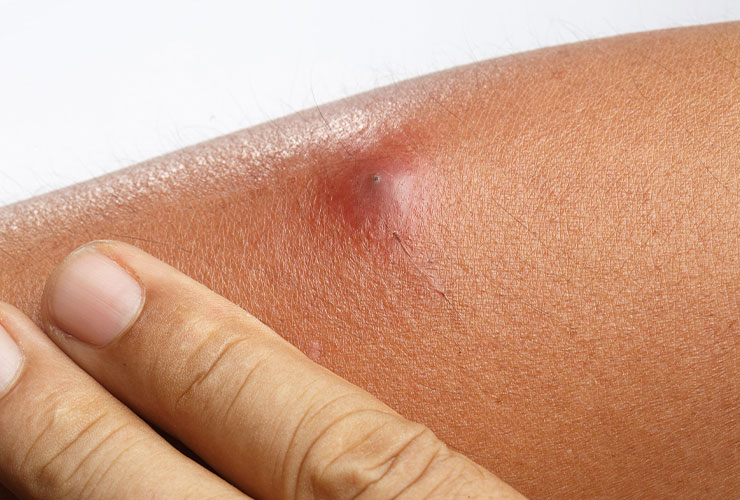An abscess drainage procedure is a medical intervention performed to remove the pus and infected material from an abscess, which is a pocket of pus that can form anywhere in the body. This procedure is typically carried out by a healthcare professional, such as a doctor or surgeon, and is crucial for treating the infection, relieving pain, and preventing the spread of infection to other parts of the body. Here’s an overview of the abscess drainage procedure and the subsequent recovery process:
Abscess Drainage Procedure:
- Preparation: Before the procedure, the healthcare provider will review your medical history and perform a physical examination. They may order imaging tests, such as an ultrasound or CT scan, to assess the size and location of the abscess.
- Anesthesia: Most abscess drainage procedures are performed under local anesthesia, which numbs the area around the abscess. In some cases, especially if the abscess is large or deep, general anesthesia may be used to put the patient to sleep during the procedure.
- Incision: The healthcare provider makes a small incision (cut) in the skin overlying the abscess. This incision allows access to the pus-filled cavity within the abscess.
- Drainage: Using specialized instruments, the healthcare provider carefully opens the abscess cavity and drains the pus and infected material. In some cases, a catheter or drain may be placed inside the abscess cavity to facilitate continuous drainage.
- Cleaning: The inside of the abscess is cleaned with sterile saline solution to remove any remaining pus and debris.
- Closure: After adequate drainage and cleaning, the incision is either left open to continue draining or closed with sutures, depending on the healthcare provider’s judgment and the size and nature of the abscess.
- Dressing: A sterile dressing or bandage is applied over the incision site to keep it clean and prevent infection.
Recovery from Abscess Drainage:
Recovery from abscess drainage depends on various factors, including the size and location of the abscess, the presence of underlying health conditions, and the overall health of the patient. Here are some general guidelines for the recovery process:
- Pain Management: Some discomfort or pain is common after the procedure. Over-the-counter pain relievers or prescription medications may be prescribed to manage pain and inflammation.
- Wound Care: It’s essential to keep the incision site clean and dry. Follow the healthcare provider’s instructions for changing dressings and caring for the wound to prevent infection.
- Antibiotics: In some cases, antibiotics may be prescribed to treat the underlying infection, especially if the abscess was extensive or if there are signs of spreading infection.
- Follow-Up: Follow-up appointments with the healthcare provider are important to monitor the healing process and remove any drainage devices or sutures if needed.
- Rest and Activity: Depending on the location and severity of the abscess, you may need to limit certain activities until you have healed. Your healthcare provider will provide guidance on when it’s safe to resume normal activities.
- Complications: Be aware of signs of complications, such as increased pain, redness, swelling, fever, or the reappearance of symptoms, and seek prompt medical attention if any of these occur.
The recovery time can vary, but most people start to feel better within a few days to a week after the procedure. It’s crucial to follow your healthcare provider’s instructions closely to ensure a smooth and uncomplicated recovery.

